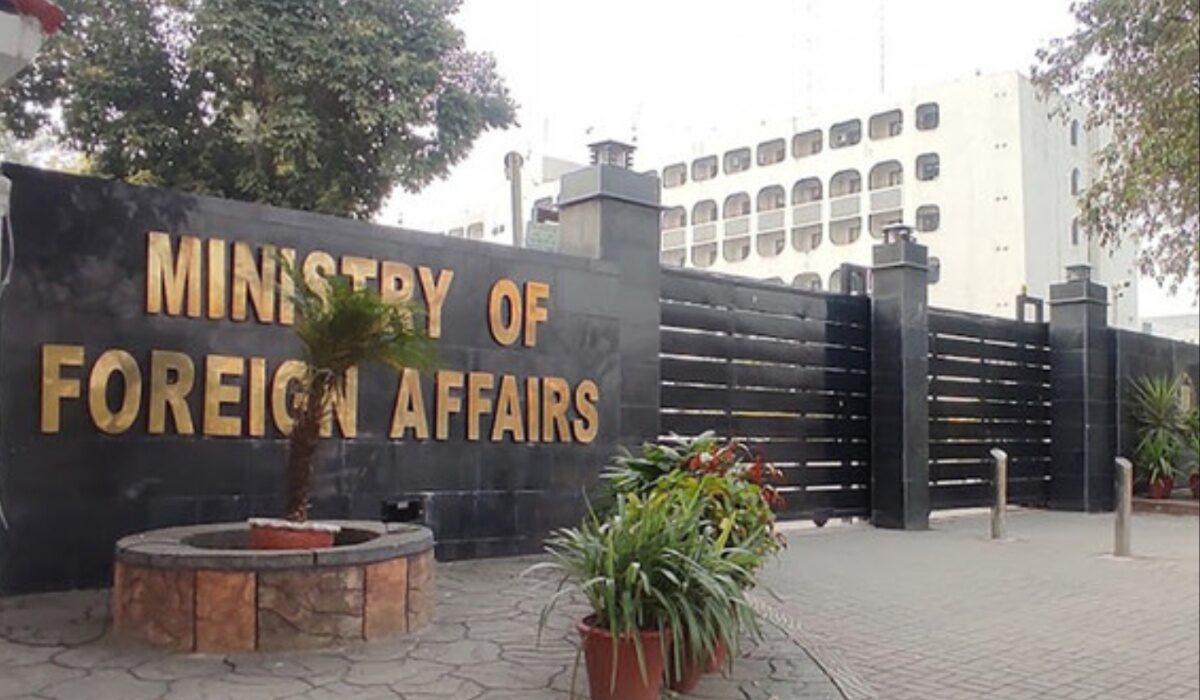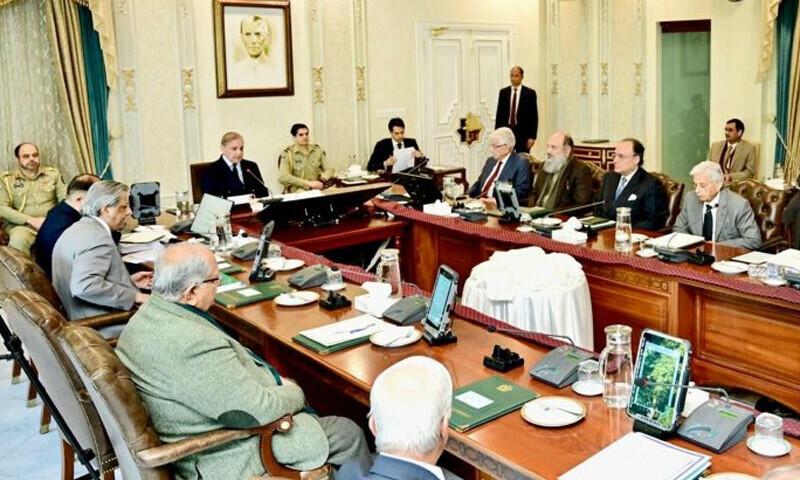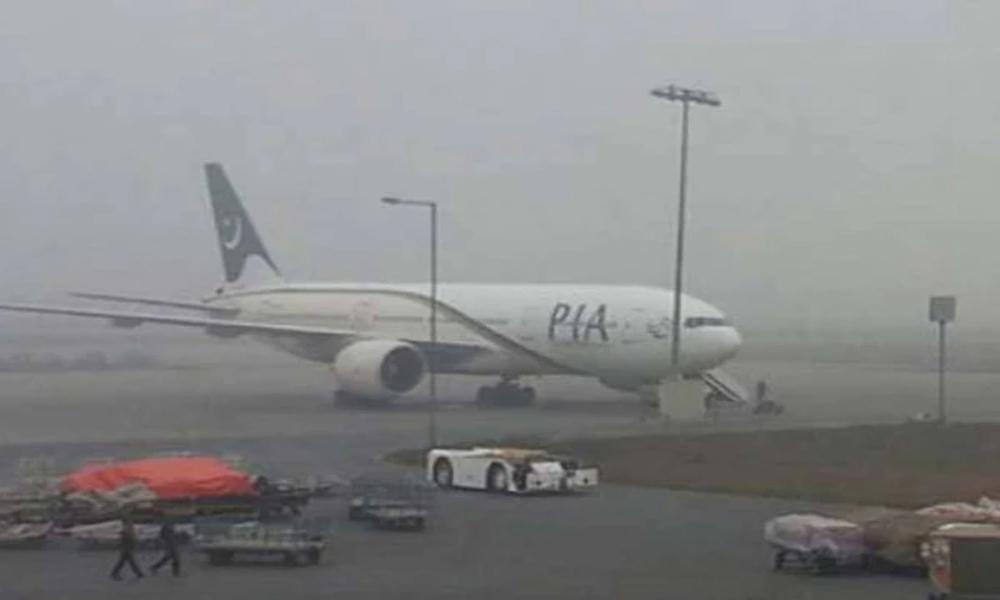Israel’s Rafah operation, explained
The Israel-Hamas war went from a potential short-term ceasefire to strikes on Rafah on Monday.


Israel has begun an aerial and ground offensive in Rafah, the largest city in Gaza that has remained outside of Israel’s direct operational control.
While Israel and the US are claiming it is a limited operation, it’s nevertheless raising fears that the long-threatened, full-scale offensive into the city that houses over 1.4 million displaced Palestinians could be imminent.
Here’s what we know: The Israeli military took control of the Gaza side of the Rafah border crossing with Egypt Tuesday after conducting airstrikes Monday on the southern Palestinian city. It did so one day after ordering at least 100,000 Palestinians to evacuate from the eastern part of the city, prompting scenes of families fleeing north to areas heavily damaged by nearly eight months of fighting. Israel’s war cabinet voted Monday to push forward with the operation, even as ceasefire talks continue in Cairo and Israel.
Israel maintains that four Hamas battalions are operating from the southern city. Rafah is also one of the only places in Gaza that Israeli forces have not destroyed and is the site of two border crossings — critical routes for the humanitarian aid people in Gaza so desperately need.
This all came as representatives from Hamas, Egypt, Qatar, and the US gathered in Cairo to discuss the terms of a potential ceasefire. Hamas reportedly agreed to a proposal by Qatari and Egyptian officials on Monday. Israel has rejected that plan, saying that the agreement is not aligned with the proposal drafted by Israeli and US negotiators, but it has agreed to send working-level representatives to continue negotiations Tuesday.
Israeli Prime Minister Benjamin Netanyahu has repeatedly warned that Israel will attack Rafah, despite US admonitions not to do so without a clear and credible plan for protecting civilians — which State Department spokesperson Matthew Miller said during a press briefing Monday the US had not yet seen.
Given the destruction of Gaza and the staggering number of deaths — at least 34,500, some 14,000 of whom were children — aid groups and international organizations like the UN are warning that an invasion could be catastrophic due to the immense crowding there and the obstruction of critical aid routes. However, as of Tuesday, Netanyahu’s government appears committed to its maximalist military objective of destroying Hamas.
After Israel consolidated operational control of wide swaths of Gaza, including offensives that razed and captured major cities like Khan Younis and Gaza City, Rafah has in recent months become the focus of the war.
Given Israel’s belief that it houses many of Hamas’s remaining fighters, the country’s right wing has been clamoring for an invasion there as the necessary step toward “total victory,” and Netanyahu has framed it as an existential battle. But considering Israel’s moves to entrench its control of the north for months or years to come, the possibility of the Israel Defense Forces (IDF) seizing Rafah raises dire questions about the future of Gaza after the war.
And as the vast majority of Gaza’s population is concentrated there (and the fact that the city serves as the territory’s main aid hub), in the short term, a full-scale operation spells a humanitarian disaster.
What’s happening in Rafah?
On Monday, the prime minister’s office posted on X, “The War Cabinet unanimously decided that Israel continues the operation in Rafah to exert military pressure on Hamas in order to promote the release of our hostages and the other goals of the war” while continuing to negotiate a potential ceasefire.
That announcement was followed by IDF spokesperson Rear Adm. Daniel Hagari posting on X, “IDF forces are now attacking and operating against the targets of the terrorist organization Hamas in a targeted manner” in eastern Rafah Monday night local time. According to the Jerusalem Post, Hagari said an aerial operation started Monday in preparation for a ground offensive.
Israeli forces air-dropped leaflets to people in east Rafah Sunday night warning them to go to a safe zone; however, the operation in east Rafah began just hours later, according to Hagari.
The tactics echo ones used in the beginning of the war, when the military urged people to leave northern Gaza, giving them 24 hours to leave the area before a proposed operation (Israel ultimately delayed the strike). As of now, there are few details about what exactly that operation entails — and how many of the 100,000 people urged to evacuate the area made it out to areas near Khan Younis, a city roughly 5 miles north of Rafah, before the operation began.
Rafah was supposed to be a safe zone for the roughly 1.7 million people now sheltering there. Israeli operations in northern and central Gaza leveled about 70 percent of the housing in the region, as Abdallah al-Dardari, director of the regional bureau for Arab states at the UN Development Program, said in a press briefing last week.
Israel has repeatedly engaged in strikes against Rafah despite the risk to civilians, including one on Sunday in retaliation for a Hamas rocket attack on the Kerem Shalom border crossing, which killed four Israeli soldiers. It reportedly may have helped accelerate Israel’s timeline for the Rafah operation by stoking fears of Hamas’s capabilities.
As of Tuesday, border crossings in Rafah between Gaza and Egypt have stopped “completely,” border crossing official Wael Abu Omar told the Washington Post.
Israel also closed the Kerem Shalom border crossing, gravely endangering the humanitarian situation in Gaza, including in the north where there is a “full-blown famine,” according to World Food Program head Cindy McCain. White House spokesperson John Kirby told reporters Tuesday that President Biden has urged Netanyahu to open Kerem Shalom crossing “as soon as possible” but did not give a timeline.
Military engagement poses a great risk to the people in Rafah, and the UN warned Friday that hundreds of thousands of people would be “at imminent risk of death” should an invasion go forward. Humanitarian supplies including food, fuel, clean water, and medical aid are already in short supply, and some medical aid groups, like MedGlobal, have opted to suspend their operations in light of the operation.
“There is nowhere safe to go: for over six months, Israel has routinely killed civilians and aid workers, including in clearly marked ‘safe zones’ and ‘evacuation routes,’” Abby Maxman, the president and CEO of Oxfam America, said in a statement Monday. “The notion that the 100,000 civilians being evacuated by Israel will be safe and protected is simply not credible.”
It’s also unclear how safe the evacuation zones are. For example, Israel targeted al-Mawasi, a supposed humanitarian zone, in February when an IDF tank fired on a house there, killing the wife and daughter-in-law of a worker with the medical aid group Doctors Without Borders (MSF).
“Six other people were injured, five of whom were women or children,” according to a news release from the group. “Bullets were also fired at the clearly marked MSF building, hitting the front gate, the building’s exterior, and the interior of the ground floor.” (The Israeli army told France 24 it had “fired at a building … where terror activity is occurring.”)
What are Israel’s goals in Rafah?
The ostensible goal of the operation is to go after four Hamas battalions that the government says are based in Rafah. Israel has made various claims about the number of militants the armed forces have killed during the war on Gaza, suggesting numbers as high as 12,000. Hamas does not disclose the number of its fighters killed.
Though Israel claims there are six Hamas battalions left — the four in Rafah and two in central Gaza — it’s difficult to assess whether that’s true.
“You’ve got the official government line saying that this is the last bastion of Hamas — whatever remains of their battalions,” Tahani Mustafa, senior Palestine analyst at the International Crisis Group, told Vox. “But then you’ve got military leaks that are coming out, with some members of the Israeli military saying, ‘Actually, Israel has been completely unsuccessful in destroying a single battalion,’ and Hamas’s 24, 25 battalions, they assume they are still very much intact.”
“There’s a consensus that Hamas still has at least half of its fighters in the field,” Jon Alterman, director of the Middle East program at the Center for Strategic and International Studies, told Vox.
Israel has said that its goal is the destruction of Hamas, politically and militarily. Because of that, even in the event of a ceasefire and an agreement releasing the hostages Hamas still holds from its October 7 raid, Israel would not have met its goals, perhaps leaving the door open for further actions in Rafah, and Gaza more broadly.
While Israel framed this as a “precise counterterrorism operation,” Israeli Defense Minister Yoav Gallant also said Tuesday after visiting troops near Rafah that the war would continue until Hamas was destroyed “in the area and throughout Gaza” or until “the return of the first hostage to Israel.”
Even a more limited incursion into Rafah creates some political risks, including the potential for Egypt to reverse a decades-long peace deal with Israel, as it threatened to do in February should Israel invade the city.
What about the ceasefire process?
Israel and Hamas have not agreed to a ceasefire since November, when a week-long pause in hostilities saw the return of some 105 hostages and 240 Palestinian prisoners held in Israel.
The latest round of peace talks has stalled over the past two months because the bargaining positions are fundamentally at odds.
“Unfortunately, we’re in a situation where both sides — their demands are mutually exclusive,” Mustafa said. “You’ve got Hamas that’s insisting on a complete and total cessation of hostilities, a full Israeli withdrawal from the Gaza Strip, that is about one-fifth of its size pre-October 7. It’s demanding the return of people from the south back to the north.”
According to Reuters, Hamas negotiators agreed to a three-phase plan consisting of two six-week ceasefire phases during which Hamas would release Israeli hostages in return for a phased military retreat and the release of Palestinian prisoners. The third phase would include implementing a reconstruction plan in Gaza and ending the years-long blockade on the territory.
Now, Israeli leadership has said it is using the Rafah offensive as a pressure tactic — a phased operation to pressure Hamas into accepting its demands for a ceasefire.
Each side has blamed the other for the failure to reach an agreement, but fundamentally, as Mustafa said, the positions of the two sides boil down to: stop the war, and continue fighting, which cannot coexist. Kirby told reporters Tuesday that the White House was optimistic that a deal could be reached in Cairo.
Netanyahu and the Israeli public see this as a multiyear war, Alterman said. “They don’t want this to end anytime soon, because they want the possibility of October 7 ever happening again to be eliminated,” he said. “Now, whether there’s a military way to get there or not, is a separate question.”
Update, March 7, 1:30 pm ET: This story, originally published March 6, has been updated to include new information about the ongoing operation in Rafah.

Day: Expanded CFP gave OSU chance 'to peak'
- 4 hours ago

Samsung bets big on OLED and gaming with its 2025 monitor lineup
- 5 hours ago

Agent: QB Rourke led Indiana to CFP on torn ACL
- 4 hours ago

Why thousands of people are traveling to one country to see these birds
- 3 hours ago

Cybertruck explosion investigation identifies the driver and tracks its path to Las Vegas
- 5 hours ago

The past 24 hours in South Korea’s chaotic politics, explained
- 3 hours ago













